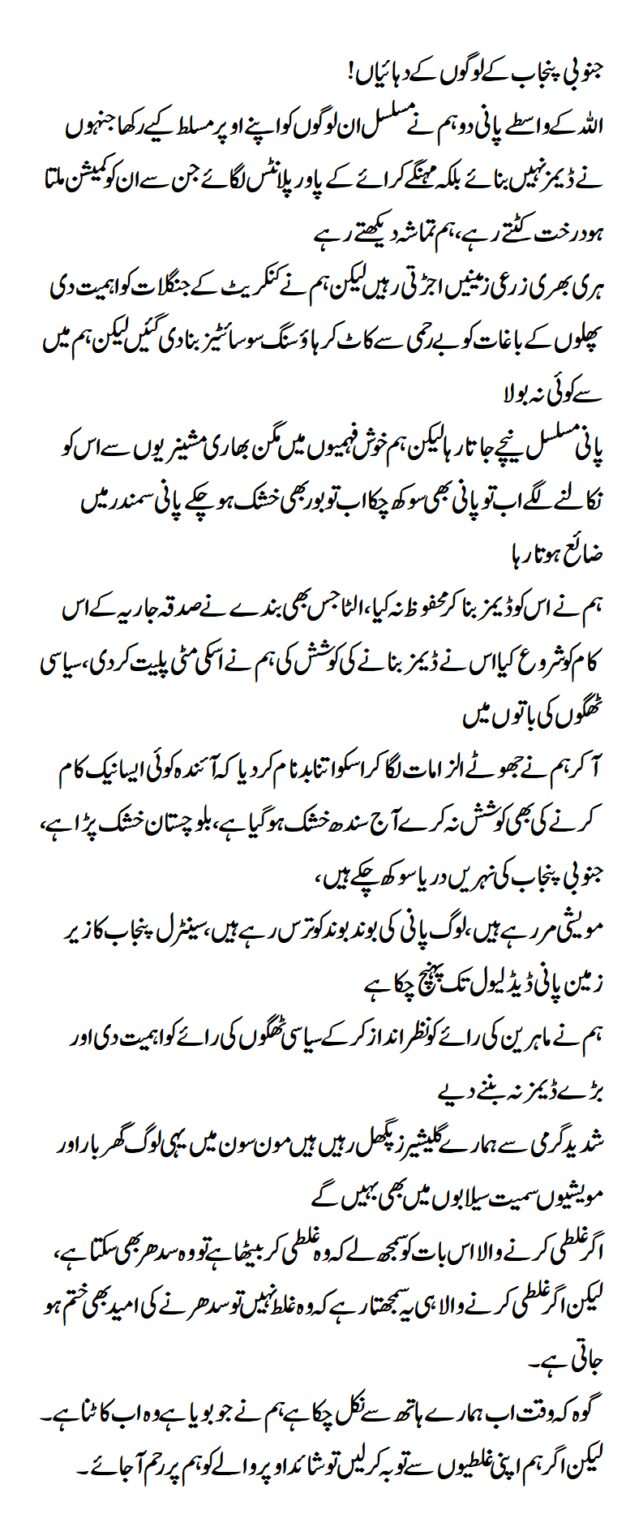The idea of reorganising a state through the creation of new geographical and administrative units within it is not novel. Recent history provides examples of such ‘right-sizing’ of several states — one well-known to us is India where a number of new provinces have been formed over the last seven decades. Is Pakistan also about to enter a phase of right-sizing itself with the creation of a province consisting of Punjab’s southern and southwestern parts?
The latest spurt for the new province came on April 9, 2018 when a new political entity, Janoobi Punjab Suba Mahaz, came into being. Comprising disgruntled and defecting members of the Pakistan Muslim League-Nawaz (PMLN) – including such notable politicians as Makhdoom Khusro Bakhtiar (from Rahim Yar Khan), Malik Qasim Noon (from Multan), Nasrullah Derashik and Sardar Balakh Sher Mazari (both from Rajanpur) – its constituents blamed their party for failing to live up to its promise of creating a separate province in their native region.
The Mahaz later merged into the Pakistan Tehreek-e-Insaf (PTI), thus, helping to bridge the electable deficit that the party had traditionally suffered from. This set in motion a series of developments that paved the way for an impressive PTI showing in the 2018 elections in southern and southwestern Punjab and, consequently, the formation of its governments both in Islamabad and Lahore.

All this raises a number of important questions.
Is there a historical context to the movement for reorganising Punjab? Has Pakistan moved beyond its well-entrenched paradigm of an overly centrist state which views every ethnonationalist demand for territorial restructuring through the prism of security? Will the creation of a new geographical and administrative unit in Punjab lead to the creation of other new provinces as well?